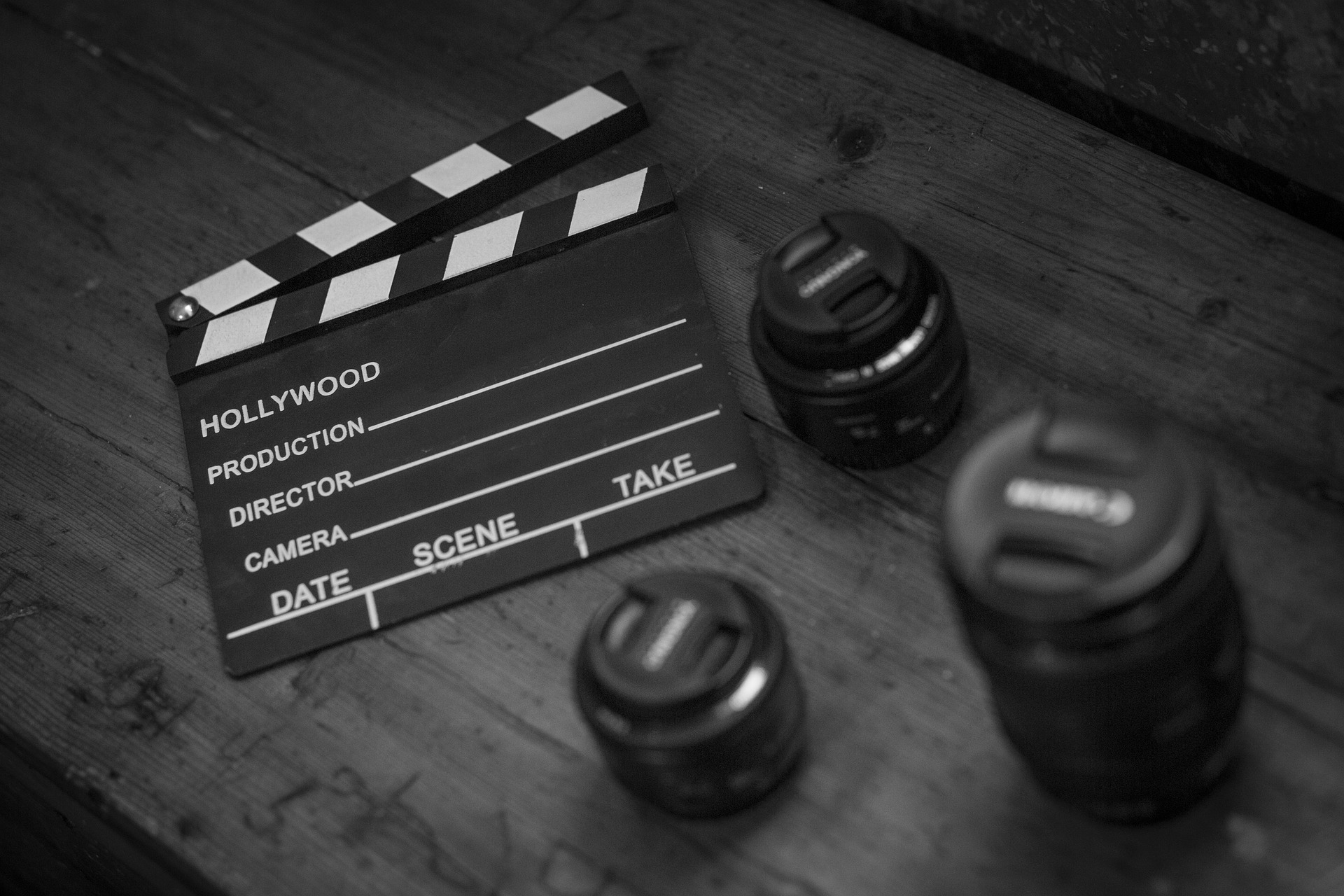Cinematic Landscapes: The Art of Location in Film
In the vast realm of film, where every frame is meticulously crafted to evoke emotion and tell a story, locations play a pivotal role. From the sweeping deserts of Lawrence of Arabia to the bustling streets of New York in Taxi Driver, the choice of location can elevate a film from good to extraordinary. Exploring the art of location in film reveals how these settings shape narratives, influence characters, and captivate audiences.

Historical Context: The Evolution of Location Scouting
The practice of location scouting has deep roots in film history. In the early days of cinema, filmmakers relied heavily on studio sets. As the demand for realism grew, so did the need to find authentic locations. The 1920s and 1930s saw a shift toward on-location shooting, driven by directors like John Ford, who famously used Monument Valley as a backdrop in many of his Westerns. This trend continued to evolve, with the post-war era embracing global locations, propelled by advances in transportation and the desire for exotic settings.
The Role of Location in Storytelling
Locations are more than mere backdrops; they are integral to storytelling. A well-chosen setting can enhance the narrative, providing context and depth. In films like Blade Runner, the dystopian Los Angeles skyline is as much a character as Rick Deckard. The oppressive, rain-soaked streets reflect the film’s themes of isolation and decay. Similarly, the Italian countryside in Call Me by Your Name not only provides a picturesque setting but also mirrors the protagonist’s emotional journey and the fleeting nature of summer romance.
Current Trends: The Rise of Virtual Locations
In recent years, technology has revolutionized location scouting. The advent of virtual reality and CGI has expanded the possibilities for filmmakers. Productions like The Mandalorian have utilized LED screens and game engine technology to create immersive virtual landscapes, offering unprecedented control over lighting and weather conditions. This innovation not only reduces the logistical challenges of shooting on location but also allows for the creation of fantastical worlds that would be impossible to film in reality.
The Economic Impact of Film Locations
Beyond their artistic value, film locations have significant economic implications. The phenomenon of film tourism has seen fans flock to destinations made famous by their favorite movies. New Zealand, synonymous with Middle-earth thanks to The Lord of the Rings, has experienced a tourism boom, contributing billions to its economy. Similarly, Dubrovnik, the real-life King’s Landing from Game of Thrones, has become a must-visit for fans, boosting local businesses and employment.
The Future of Location Scouting
As the film industry continues to evolve, so too does the art of location scouting. Sustainability is becoming a key consideration, with filmmakers seeking eco-friendly practices to minimize environmental impact. Moreover, the ongoing pandemic has accelerated the shift towards virtual locations, offering safe and flexible alternatives. However, the allure of real-world locations remains undeniable, promising new and exciting landscapes for future cinematic adventures.
In conclusion, the art of location in film is a testament to the power of place in storytelling. From historical epics to futuristic fantasies, locations shape the stories we love, leaving an indelible mark on both the films and the audiences they captivate. As technology and creativity continue to push boundaries, the role of locations in cinema will undoubtedly remain a fascinating and evolving aspect of filmmaking.




